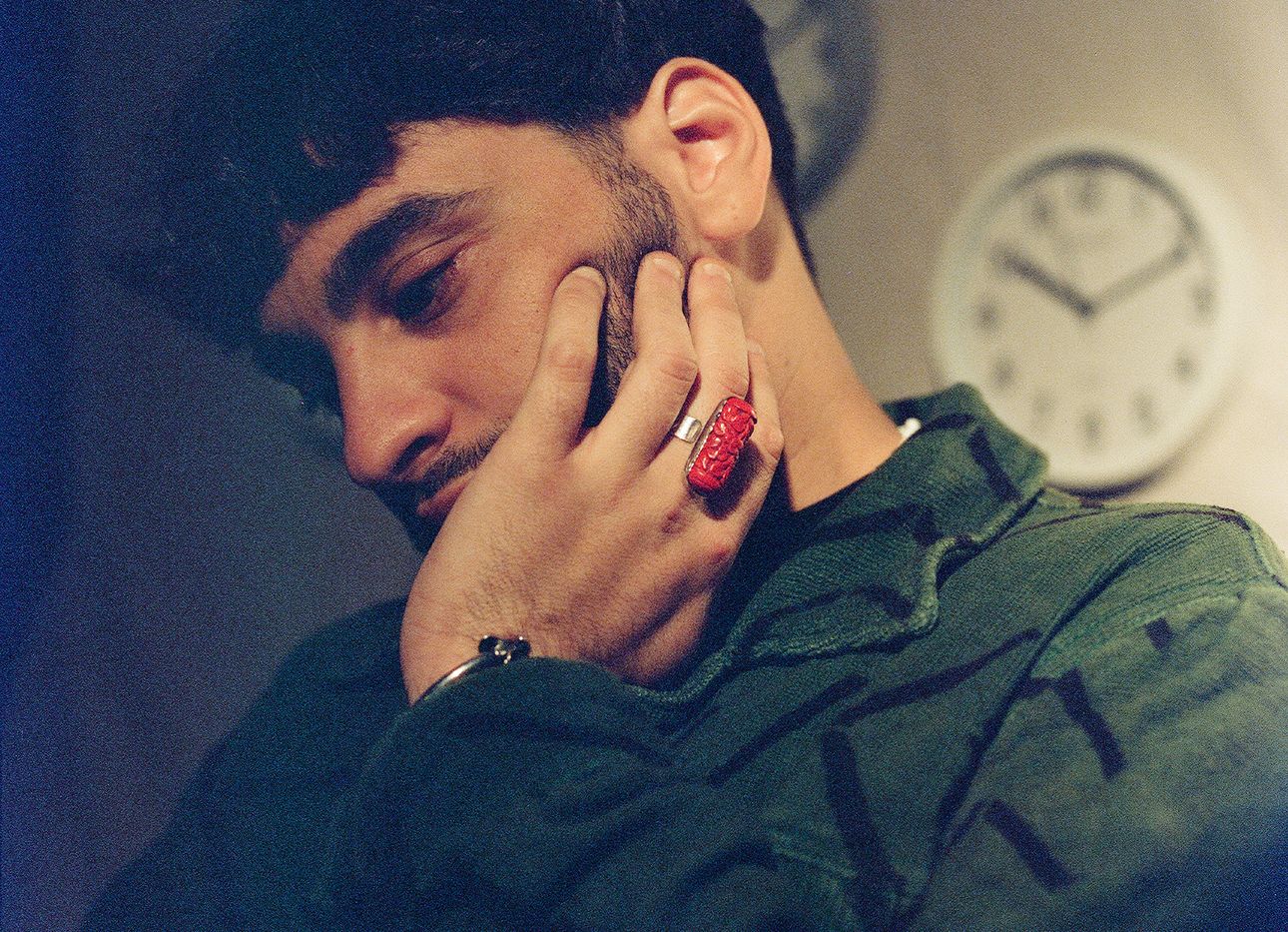
Stories of Incarcerated and Formerly Incarcerated People, Reflected in a Soul-Stirring Album
What does healing look like, and in what ways does the American carceral system obstruct it? How can we care for each other through seasons of pain? These are just a few of the questions that musician, filmmaker, and composer Samora Pinderhughes has been unpacking over the past decade. Pinderhughes, who studied at Juilliard and is currently a doctoral candidate in Harvard’s School of Music, regularly focuses on social change through his work, which includes The Transformations Suite, a 2016 project that combined music, theater, and poetry to examine the history of resistance within communities of the African Diaspora, and Black Spring, a 2020 collection of songs that took inspiration from ’60s protest music to address the current cultural and political climate.
Pinderhughes’s latest album, Grief, out today, is perhaps his most ambitious venture yet. The record is part of his three-part multimedia effort, “The Healing Project,” which chronicles people’s experiences of incarceration and structural violence, and possibilities for social recovery. It consists of the album, a digital archive, and a physical exhibition of videos, sound works, and art. The latter is currently on view at San Francisco’s Yerba Buena Center for the Arts through September 4.
The project began in 2014, when Pinderhughes began traveling across the country to interview more than 100 incarcerated and formerly incarcerated people across 15 states. Their stories form the heart of “The Healing Project”: In addition to inspiring his latest album, the interviews were recorded by Pinderhughes, who scored them to music to form the work’s digital archive. (In the exhibition, these tracks create the aural backdrop of a VR installation that viewers can explore.)
Across Grief’s 15 tracks, Pinderhughes inventively uses music to capture the experiences of those he spoke within the complexity that the medium affords. Songs take on subjects including internalized forms of oppression, racial capitalism, and hollow allyship, and follow in the lineage of works from the ’60s and ’70s by artists including Nina Simone and Curtis Mayfield, who used music to reflect on life and the injustices they saw playing out at the time. The album’s sound is a mix of Pinderhughes, singing alone at his piano, and the cerebral, richly textured force of an 11-person ensemble he put together. Back-up singers complement Pinderhughes’s vocals, bringing out refrains that toe the line between rousing and haunting. Expert tenor and alto saxophonists shine, as does Pinderhughes’s sister, Elena, who contributes her mastery of the flute. Pinderhughes’s choice to double up the bass, with the electric and the upright versions of the instrument playing simultaneously, adds depth to the rhythm section throughout. Most affecting is “Grief,” the title track, which features a hypnotic wurlitzer pattern oscillating over a steady build of drums, bass, voices, and Radiohead-esque synth textures. It comes to a climax as Pinderhughes delivers a final refrain—“Don’t let them take me, tonight”—before being enveloped in a sonic landscape.
Pinderhughes says that the album is not meant to collapse people into their suffering, but to offer a tool for seeing and processing it in all its complexities and contradictions. Sometimes, he continues, people come up to him after he performs certain tracks. “They tell me, ‘Nobody has said it like that,’” he says, “‘and that’s exactly how I feel.’”